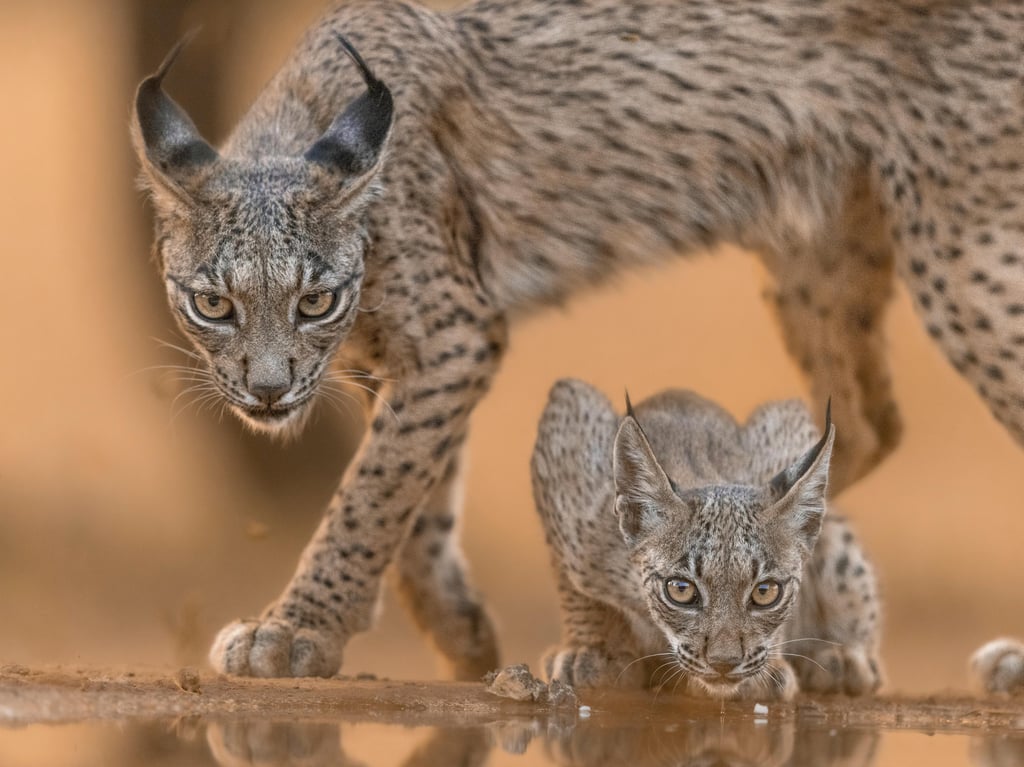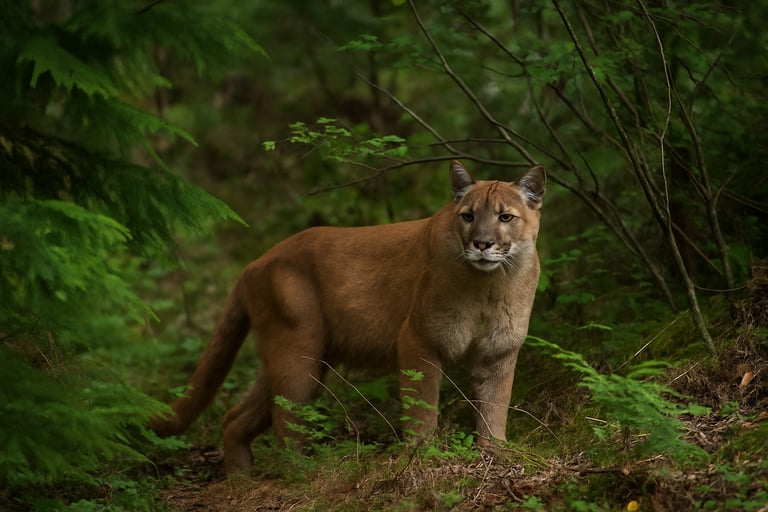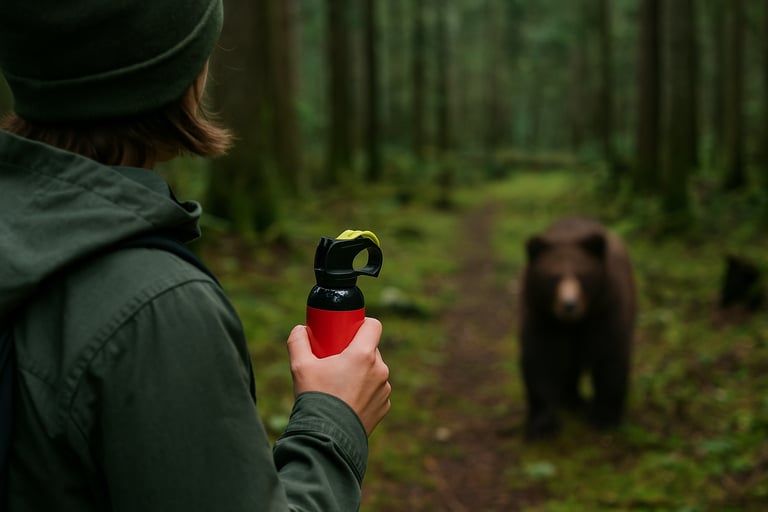What to Do If You’re Being Stalked by a Wild Animal
Learn what to do if you're being stalked by a wild animal while hiking or camping. Discover key signs of predatory behavior and the best survival tactics to stay safe in the wilderness.


What to Do If You’re Being Stalked by a Wild Animal
Understanding Predator Behavior in the Wild
While most wildlife will go out of their way to avoid humans, some animals — especially predators like mountain lions, wolves, or even black bears — may occasionally stalk people out of curiosity, territorial instinct, or perceived opportunity. It's rare, but when it happens, it’s serious. Knowing the signs of animal stalking can help you respond quickly and avoid becoming prey.
Look for unnatural, repeated glimpses of an animal following from a distance, especially if it keeps reappearing despite your movement. Signs like quiet trailing, shadowy movement through the trees, or a predator circling downwind of you are all red flags. Predators tend to be stealthy. If you get a bad feeling like something is watching or following you, trust it and begin taking action.
Situational instincts are strengthened by sharpening your wildlife awareness skills before heading into unknown terrain.
How to React If You Think You're Being Stalked
First and foremost, do not panic or run. Running can trigger a predator’s instinct to chase. Instead, stop walking and scan your surroundings calmly. Speak firmly and loudly — not screaming — to let the animal know you see it and are not weak prey.
Begin backing away slowly while keeping your eyes in the direction of the noise or sighting. Never turn your back on the animal. The goal is to increase distance while maintaining awareness and control. If you're with others, group together to appear larger and more intimidating.
Defensive Tools and Strategies You Can Use
If you have bear spray, now is the time to have it in your hand and ready to deploy. Other effective deterrents include throwing rocks or sticks, banging pots, blowing a whistle, or flashing a bright light (like a headlamp). Many predators will retreat once they realize you're not vulnerable.
Consider keeping wildlife deterrents in your survival kit to prepare for the unexpected.
In a worst case scenario — where the animal shows aggressive signs like crouching, approaching, baring teeth, or growling — you may need to stand your ground and prepare to fight back. Use sticks, trekking poles, or anything available to defend yourself. Fight with full intensity, aiming for the face or eyes.
After the Encounter: What to Do Next
Once the animal has backed off or fled, continue to stay alert. It may still be in the area. Move purposefully toward a safer location, ideally where others are nearby or where you can build a fire, climb, or take shelter. If you’re camping, pack up and relocate if possible.
Report the incident to local wildlife authorities as soon as you can, especially if the animal appeared unusually bold. This can help prevent further incidents and may save lives — both human and animal.
Final Thoughts on Wildlife Awareness and Safety
Being stalked in the wild is one of the more unsettling wilderness survival scenarios, but staying calm, alert, and confident makes all the difference. Understanding predator behavior, maintaining strong body language, and being ready to use deterrents can mean the difference between a safe escape and a dangerous confrontation.
Nature is beautiful, but it’s also wild and the more you learn about it, the better prepared you’ll be to handle even the most unnerving moments. Dealing with situations like these also requires strong mental toughness under pressure, especially when you're navigating fear in isolation.
For more on this subject, check out Wild Animal Encounter Safety: How to Stay Safe in the Wilderness.




© 2025. All rights reserved About | Privacy Policy | Terms and Conditions | Affiliate Disclosure | Disclaimer


